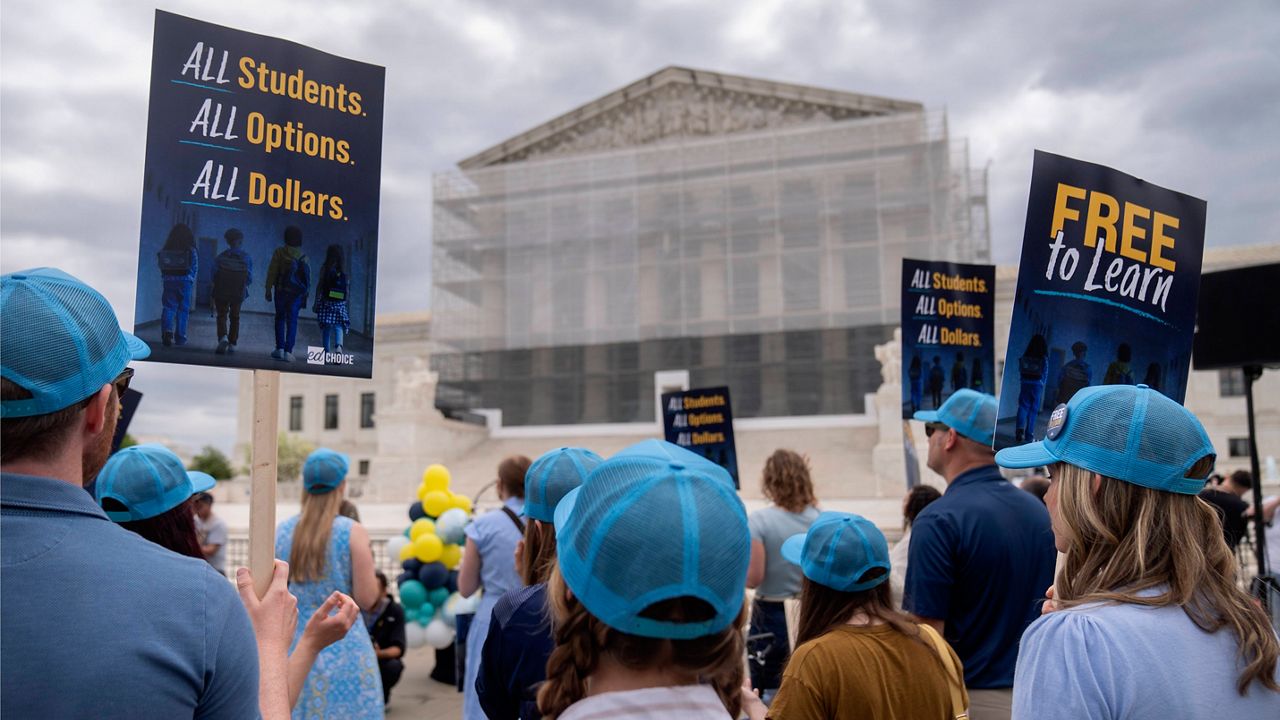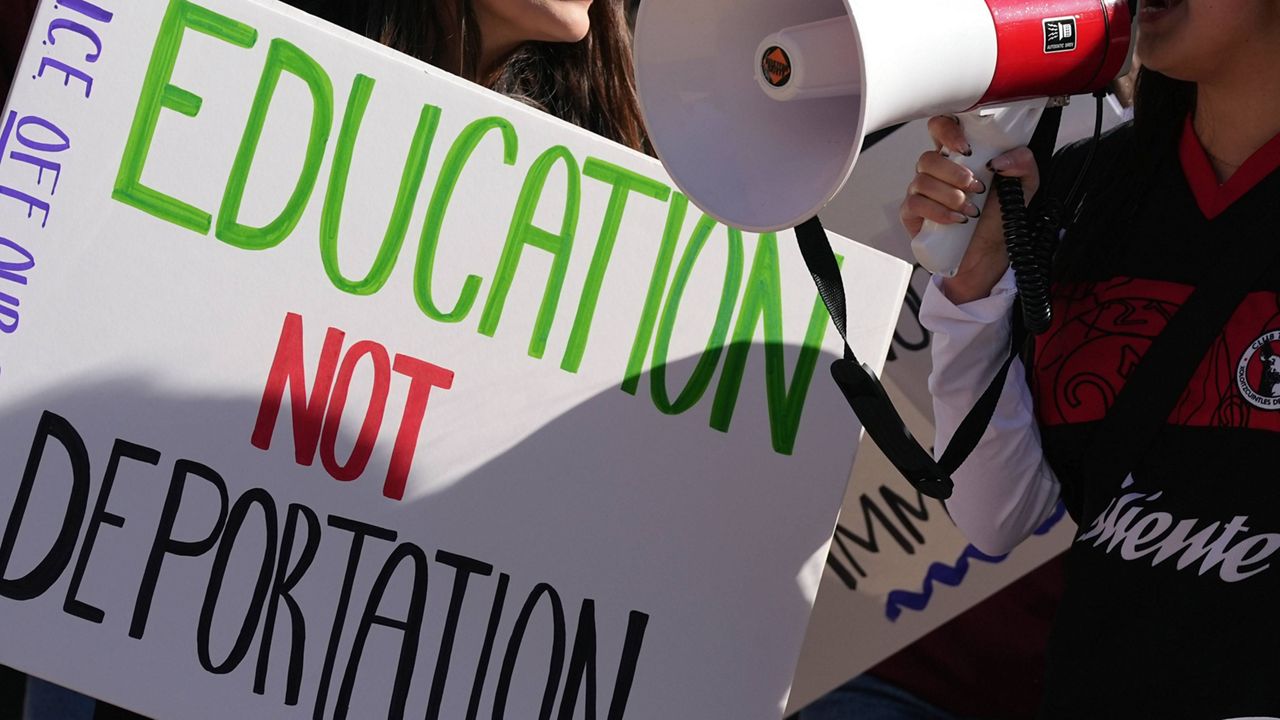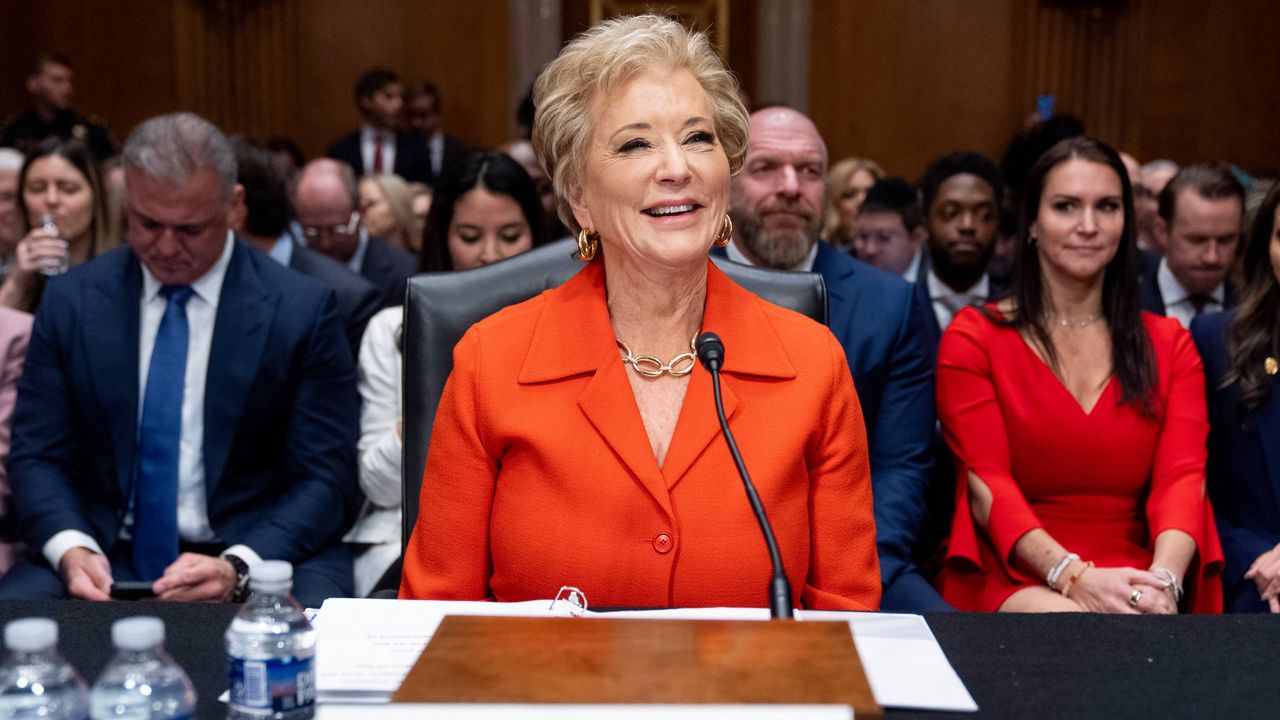U.S. News & World Report on Monday published its annual rankings of the nation’s 1,500 colleges and universities, its first since a major overhaul of its methodology.
What You Need To Know
- U.S. News & World Report on Monday published its annual rankings of the nation’s 1,500 colleges and universities, its first since a major overhaul of its methodology
- The changes had little impact on the top schools, but resulted in some significant rises and falls for others
- Princeton University remained atop the list of the best national universities, followed by Massachusetts Institute of Technology at No. 2 and Harvard and Stanford, which tied for third
- Starting this year, more than 50% of a school’s ranking hinges on the success of its students after they enroll and graduate, as well as whether graduates from all background finish school with manageable debt and achieve success in their careers
The changes had little impact on the top schools, but resulted in some significant rises and falls for others.
Princeton University remained atop the list of the best national universities, followed by Massachusetts Institute of Technology at No. 2 and Harvard and Stanford, which tied for third.
Williams College in Massachusetts is ranked as the nation’s top liberal arts school, while the University of California, Berkeley and UCLA tied for the best public school.
Starting this year, more than 50% of a school’s ranking hinges on the success of its students after they enroll and graduate, as well as whether graduates from all background finish school with manageable debt and achieve success in their careers.
U.S. News also removed five criteria: class size, faculty with the highest degrees in their profession, alumni giving, high school class standing and the proportion of graduates who require federal loans.
“For 40 years, students and their families have come to count on Best Colleges as a vital resource as they navigate one of the most important decisions of their lives,” Eric Gertler, executive chairman and CEO of U.S. News, said in a statement. “The significant changes in this year’s methodology are part of the ongoing evolution to make sure our rankings capture what is most important for students as they compare colleges and select the school that is right for them.”
Schools that made the biggest leaps in the rankings since last year were Southeastern Baptist Theological Seminary in North Carolina (up 106 places to No. 296), the University of Texas at San Antonio (up 92 places to No. 280) and California State University, East Bay (up 88 places to No. 296).
Other big movers included Rutgers University-Newark, which jumped more than 30 spots to No. 82, and the University of California, Merced, which climbed from No. 97 to No. 60.
But the new ranking formula caused some schools, particularly private institutions, to tumble. The University of Chicago dropped from No. 6 to No. 12. Wake Forest fell from No. 29 to No. 47. And Tulane plummeted from No. 44 to No. 73.
The college rankings process has come under greater scrutiny over the past year.
In September 2022, Columbia University acknowledged it had submitted inaccurate data to U.S. News after a math professor at the school called the numbers into question. The incident prompted the media organization to remove Columbia from its 2022 rankings. Columbia, No. 2 before the scandal, is ranked No. 12 on this year’s list.
And while it only relates to U.S. News’ law school rankings, Yale and Harvard announced last year they were withdrawing from the rankings, saying its methodology devalued efforts to recruit poor and working-class students, provide financial aid based on need, and encourage graduates to go into lower-paying public service jobs.
Columbia is among the institutions that has discontinued submitting data for the overall college rankings. But U.S. News said the vast majority of schools continue to volunteer information — 80% this year compared to 84% last year.
U.S. News uses data reported by schools or obtained through third-party sources, meaning colleges are still ranked even if they choose not to submit their data.
In other changes this year, U.S. News added two new specialized ranking categories for undergraduate economics and psychology degrees. Harvard topped the list for economics, while Stanford placed first in psychology.
Ryan Chatelain - Digital Media Producer
Ryan Chatelain is a national news digital content producer for Spectrum News and is based in New York City. He has previously covered both news and sports for WFAN Sports Radio, CBS New York, Newsday, amNewYork and The Courier in his home state of Louisiana.








